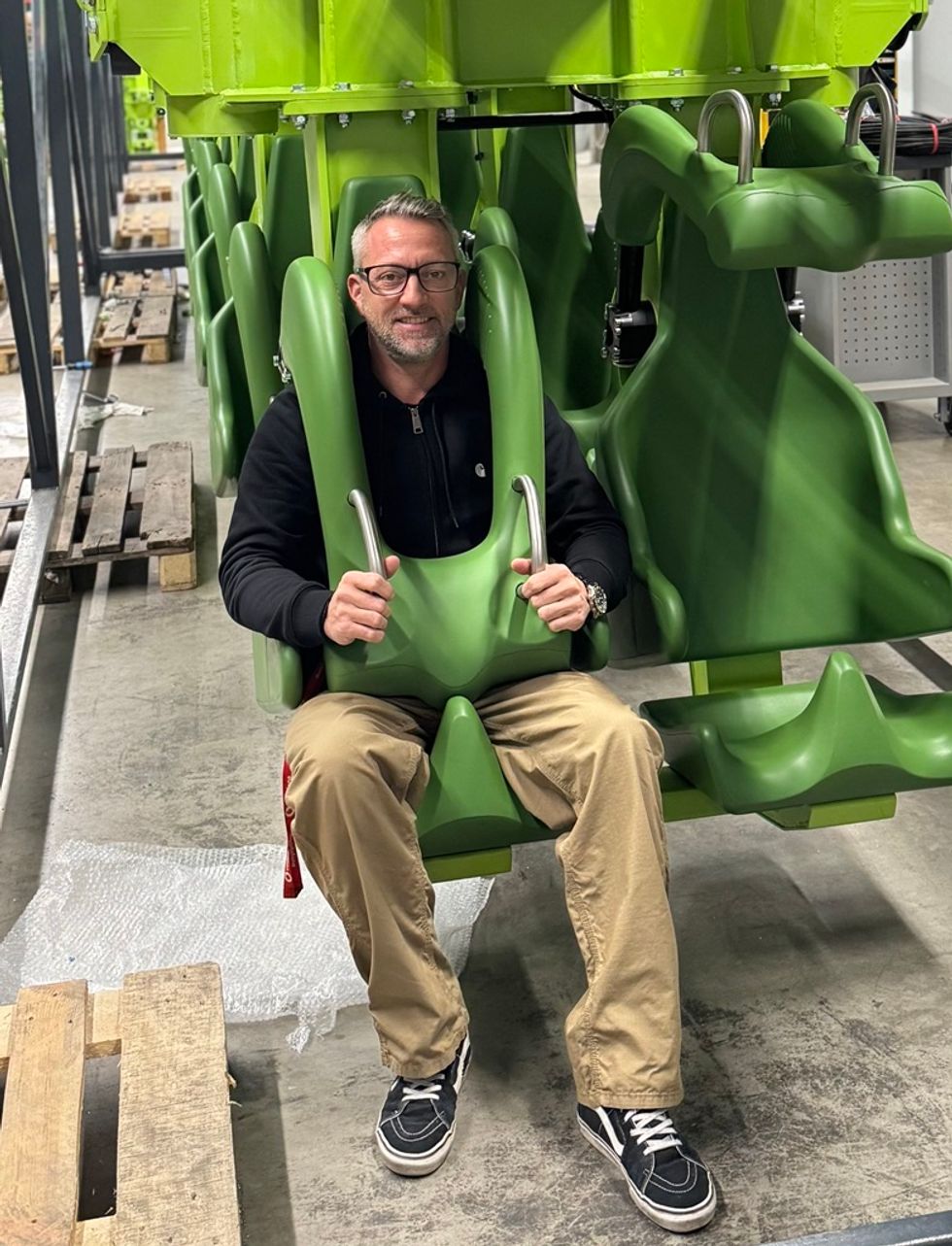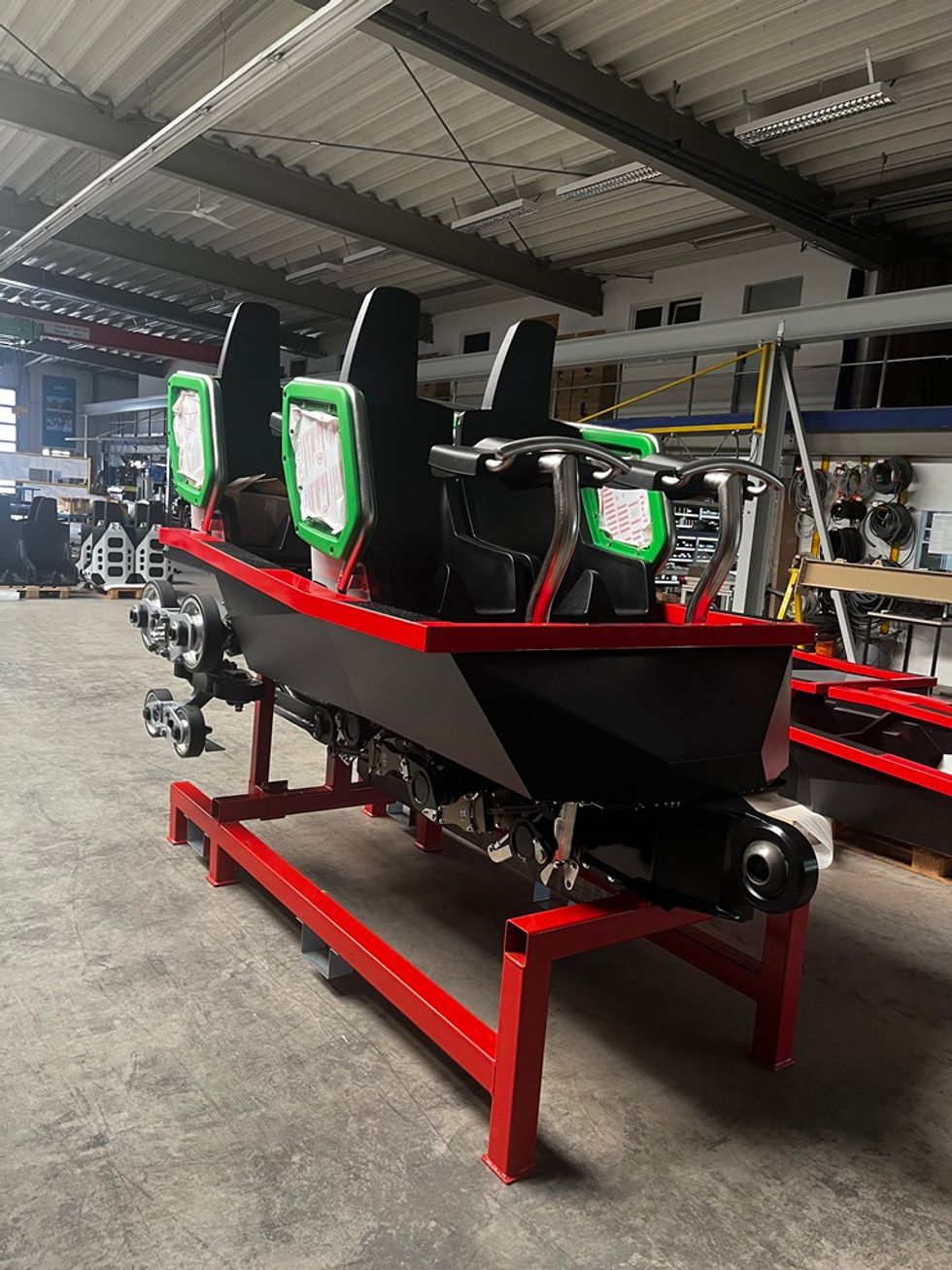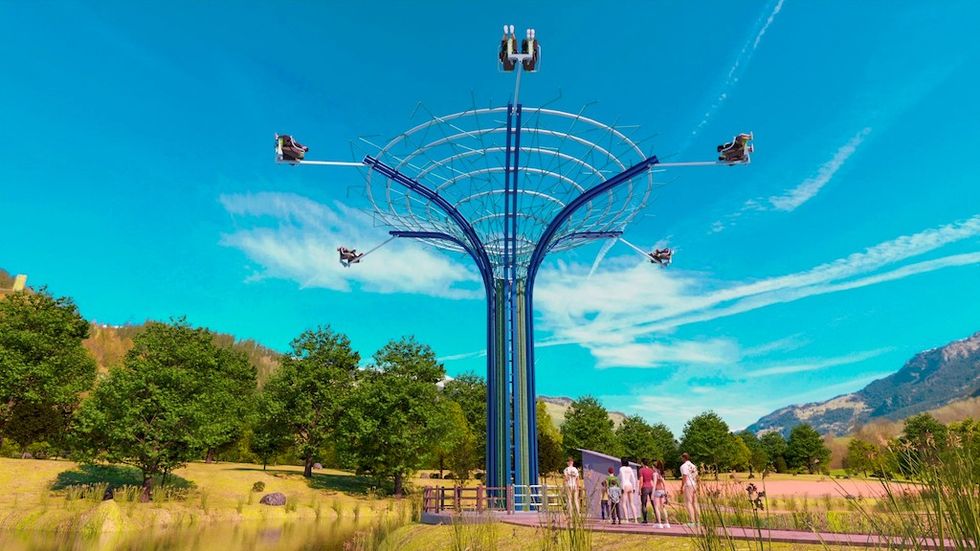Though the leisure industry as a whole is a sector that has embraced social media, there are still many vendors supplying to the industry that could be doing more to share their knowledge and expertise of the sector on social networks to help drive new business.
By Rhiannon Hulse, Katapult
Becoming a social brand is a key ingredient for remaining relevant and competitive in the leisure sector. Your clients - whether they be an established theme park looking for opportunities to increase spend per head, a museum looking to monitor visitor numbers or a new attraction looking for ride manufacturers - are all online, searching for their requirements.
We’ve put together some steps below for vendors within the leisure and entertainment industry, to help build brand profile and gain more leads from social media.
Knowing your audience
This may seem relatively obvious if your only market is theme parks, however, the reality is, many vendors within the industry also supply to other market sectors.
For example, many admissions and ticketing software companies provide solutions to a number of industries where perhaps only one of these is theme parks and attractions in the leisure sector.
Therefore, it’s crucial to differentiate between the buyer of your product or service at a theme park and those within government or retail for example. The ways and means that buyers make their purchasing decisions will be different, as will the challenges and pain points they face in their roles.
The identification of each of these decision makers is also known as a buyer persona, a fictional representation of the typical person you are trying to engage with. To build a picture of this person, you should look at everything from the publications you think they might read; the websites they visit and the social networks you think they use. This will help you when choosing which social channels you need to be active on and what type of content to produce to attract and engage them.
Developing engaging content
Once you know the type of individual you’re talking to, you really want to have something interesting and, most importantly, memorable to say.
Updating your social profiles when you’ve had a successful exhibition at IAAPA for example might be interesting to some, but wouldn’t it be better to give visitors to your stand (and those that couldn’t make it) something they will get real value from; making your brand memorable and your content relevant to their needs at the time that is right for them?
Create content informed by your buyer personas and utilise different formats to distribute it in – blog posts, infographics, eBooks and webinars provide different ways for your audience to engage with you.
Build your landing pages
Using landing pages to capture data is the most sustainable way of keeping track of your leads and which channel they came from. To do this, you’ll need to create premium content which people will be happy to leave some details to read; this could include leisure industry insights, checklists and buyers guides to assist your potential customer with their challenges, and ultimately, their purchasing decision. The content needs to be helpful and informative and not just focussed on your latest piece of ride technology or POS device.
For example, a ride manufacturer may produce a checklist about the benefits of trackless rides for theme parks and attractions whereas a queuing and ticketing solutions company may write an eBook about how to increase sales at attractions using virtual queuing.
This content should sit behind a landing page which acts as the selling point for your content so it needs to be optimised to ensure maximum lead conversion. Find out more about landing page optimisation.
What social networks will you use?
Even if your buyers make their purchasing decisions by way of strict tendering processes, they will still be using social media to research and engage with potential vendors. If you want to be considered for a future bid, how you engage on social media could be the difference between being invited to pitch and being overlooked entirely.
As with all elements of the process, you need to consider where your buyers spend their time on social media. If you’re attracting theme parks, museums and other tourist attractions, the majority are on Facebook and Twitter, meaning if you’re not, you’re already risking not having the opportunity to engage.
For many B2B leisure sector vendors, LinkedIn is a clear and obvious choice for engagement and sharing industry news. You can add products and services on your profile, calls-to-action to direct visitors to your landing pages and join the Blooloop and IAAPA groups to engage with your target audience in the sector.
Companies within ride manufacturing and engineering or high tech industries may find that YouTube provides a good source of referral traffic, giving you the chance to demonstrate your work in action. LCI for example have a number of videos on their LCI Productions YouTube channel showcasing examples of their building video projection services and laser shows at festivals and attractions.
Start blogging to support your premium content
You won’t be able to keep sharing the same content on your social channels, so how do you merchandise the useful, educational content you’ve been producing?
By taking some key points from the eBooks you’ve produced, you can hone in on a specific area to produce blog content. By sharing relevant insights into the leisure and entertainment sector through helpful and informative blog posts, you’re demonstrating your knowledge and expertise in the industry. Your blog posts should feature calls-to-action which direct visitors to your data capture landing pages, converting them into leads. Once you’ve started this process, it’s important to carry on producing the content that will help get your brand found, enable you to further engage and then convert your visitors into leads, and over time, customers.
Best practice case study - Polin Waterparks
Though I couldn’t find any leisure or entertainment vendor brands utilising every aspect of digital marketing mentioned above to generate leads, there are those who are focussing their efforts to build their brand and raise their profile with their audiences.
For example, Polin Waterparks - global supplier of water slides and play structures - are active on a number of social networking sites; Facebook, Twitter, Pinterest, YouTube, Instagram and LinkedIn.
Polin has a combined B2B and B2C strategy for their digital marketing, with a heavy focus on the sharing of imagery on what are traditionally seen as B2C social networking sites eg Instagram and Pinterest. This can be a good tactic for visual brands, but less so for vendors whose products or services are not necessarily customer-facing eg technology solutions for example.
Polin has a very popular and active Facebook account with over 90, 000 likes. Though Facebook is also traditionally seen as a B2C space, Polin are using the network well to share successes, promote their PR activity and boost profile. They are then using Twitter to duplicate their messaging and link people back to their Facebook page. Though this ensures there is regular content on both channels, it would help if Polin posted images directly to Twitter and included links back to content on their own website.
Sohret Pakis, Director of Marketing & Communications at Polin says:
“As a B2B company, everyone was surprised when we first launched our Facebook page but it worked very well to increase our brand awareness. While managing the company’s social media strategy, I keep in mind that it is not about putting out messages but listening and building relationships and sharing our experiences with our clients and partners worldwide.”
The Polin’s digital team do well in regularly sharing links to press features they’ve appeared in online, along with industry related news, which are then in turn being shared by their followers on both Facebook and LinkedIn. It’s likely that their digital team have Google Alerts or a similar tool to ensure they’re notified when articles featuring their keywords or phrases are published online. This helps them to share industry content in real time and demonstrate to potential prospects that they’re aware of developments in the sector.
Polin gets the balance right between sharing their own stories, sharing relevant industry content and including high impact imagery for maximum engagement with their followers across their social networks. I would advise however, that Polin could be producing more of their own industry relevant content in a blog section to share on the more B2B channels such as LinkedIn and Twitter, which would differentiate their thought leadership articles from their general consumer facing PR activity in the news section. This would help drive relevant B2B traffic to their website and position their own content to their buyer personas more effectively.
Best practice case study - Green 4 Solutions
One leisure sector vendor brand producing their own industry specific content to help them get found and engage their prospects in their own space, is Green 4 Solutions, the sport and leisure CRM specialists.
Having recently updated their website to improve the user journey and SEO, they have also introduced a blog.
Green 4 Solutions Marketing Manager Tom Bettles commented:
“We’ve made some fundamental enhancements to our online and social marketing strategy, with the blog becoming a pivotal component. We aim for our marketing to be content driven, sharing the knowledge and expertise of our team to the industry, as well as case studies and examples of best practice.
“This approach helps us in our positioning as thought leaders in the leisure and sports sectors and an extra level of credibility.”
Green 4 are continuing to successfully develop their blog, but for other companies working in the leisure industry looking at implementing one, it’s important to be aware that a blog requires a good deal of time commitment and planning to ensure regular and useful content. I would advise if starting a blog to make sure you have a content plan in place to avoid letting things slip. A content calendar should give you dates and titles of future blog posts to help build momentum. Also important to remember that a blog is different from a news section – it needs to be useful to your audience, adding value and demonstrating your expertise, NOT be company-centric or sales-y.
Green 4 have improved contact conversion forms and calls-to-action on the new website and started to see an increase in enquiries as a result of this. This is a good starting point on which to build lead generation campaigns. With a regular stream of blog content and website traffic, Green 4 could begin creating downloadable premium content in exchange for prospect data, to engage with their leads right at the start of their research, nurturing them through the buying cycle until they’re ready to make a decision.







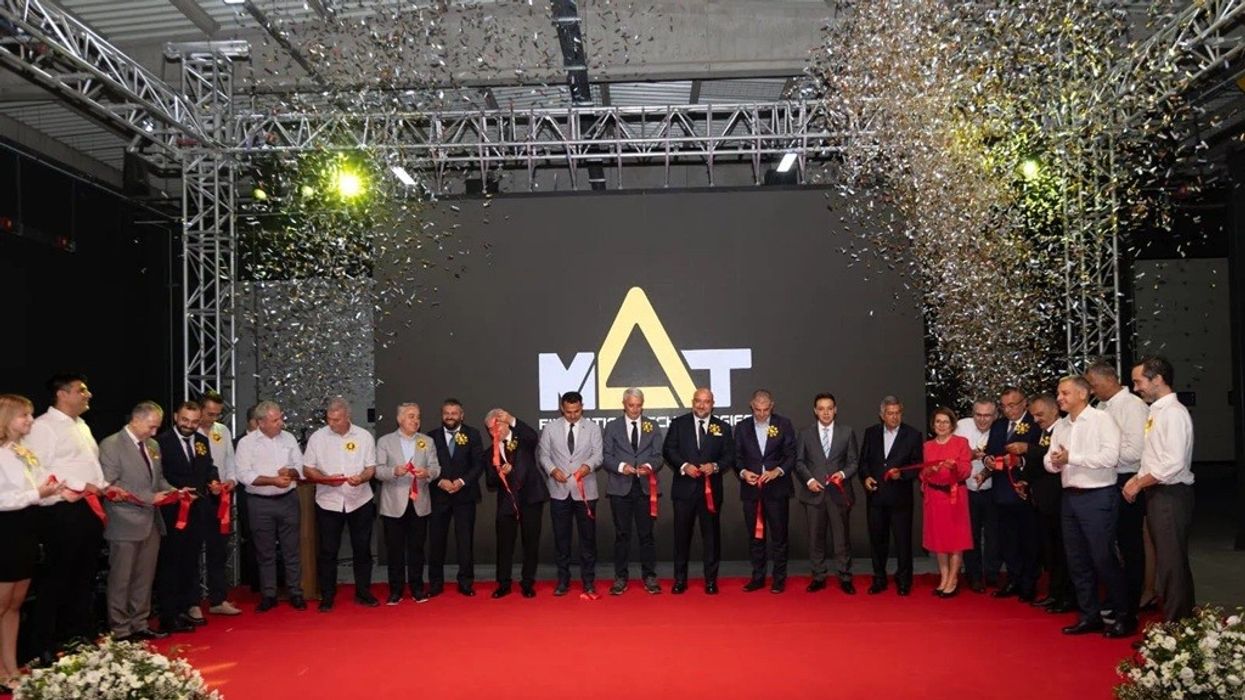
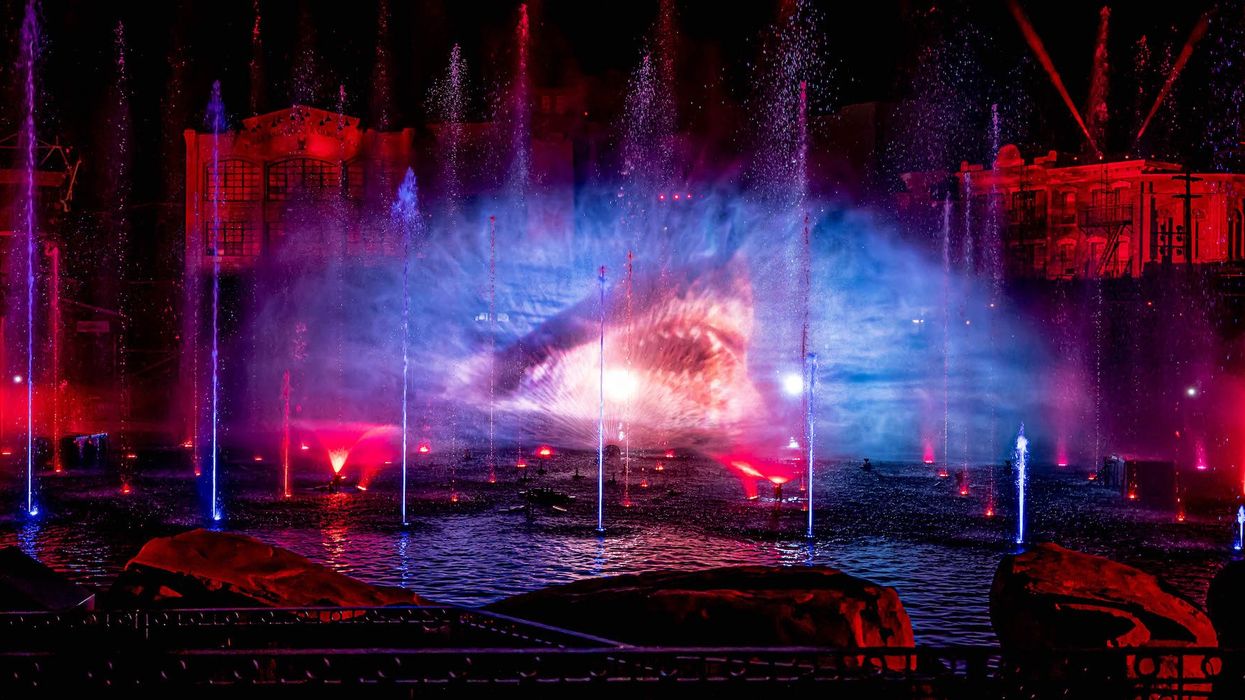
 Jason McManus, Jim Shumway, and Mike Aiello
Jason McManus, Jim Shumway, and Mike Aiello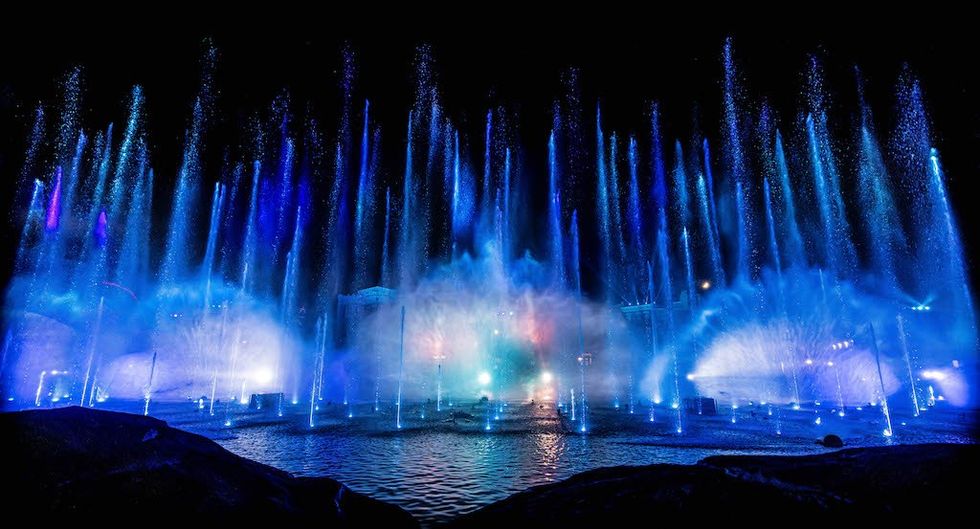
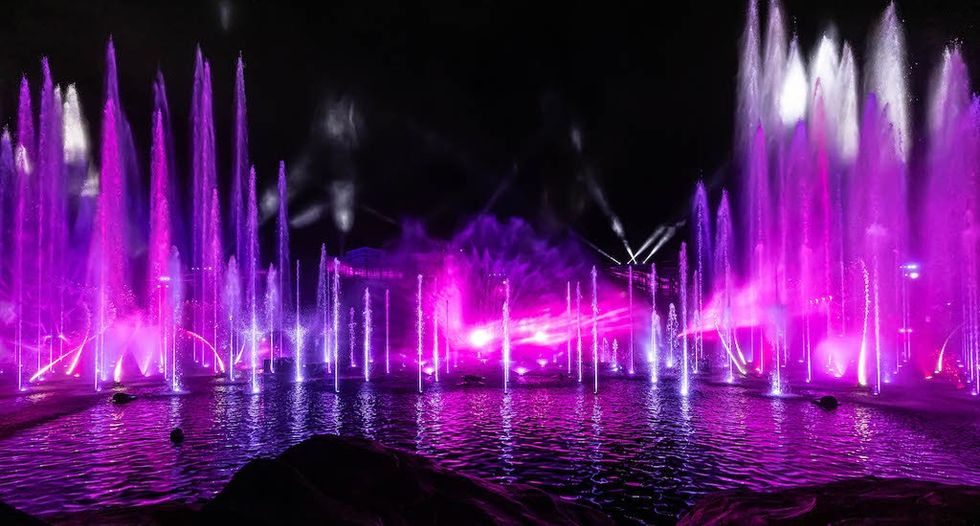
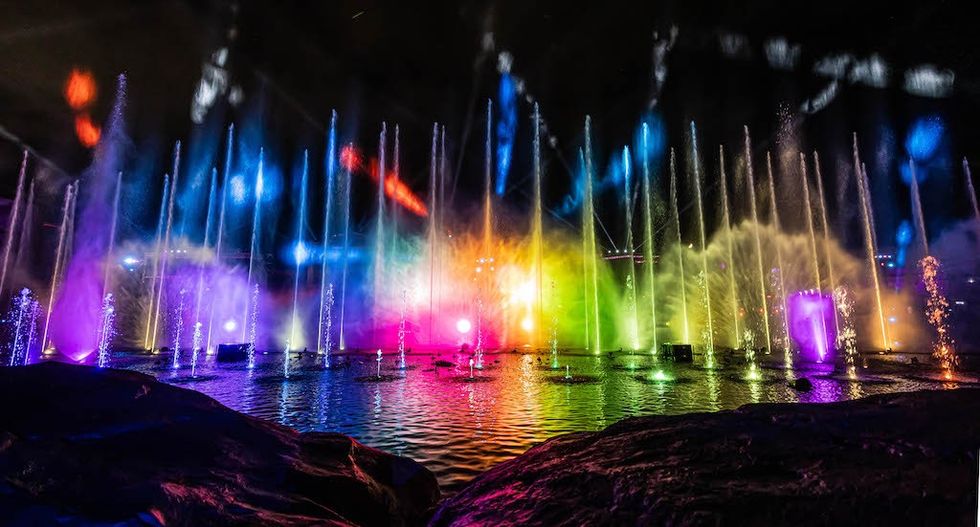

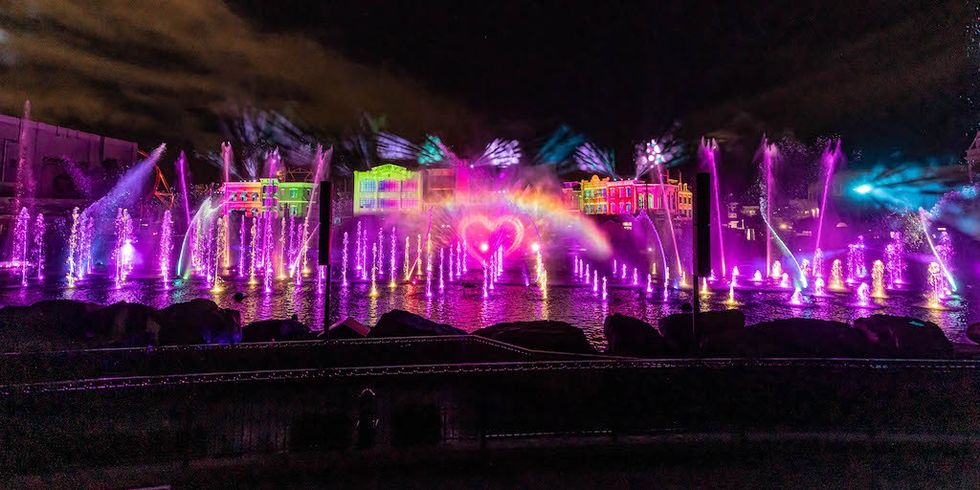


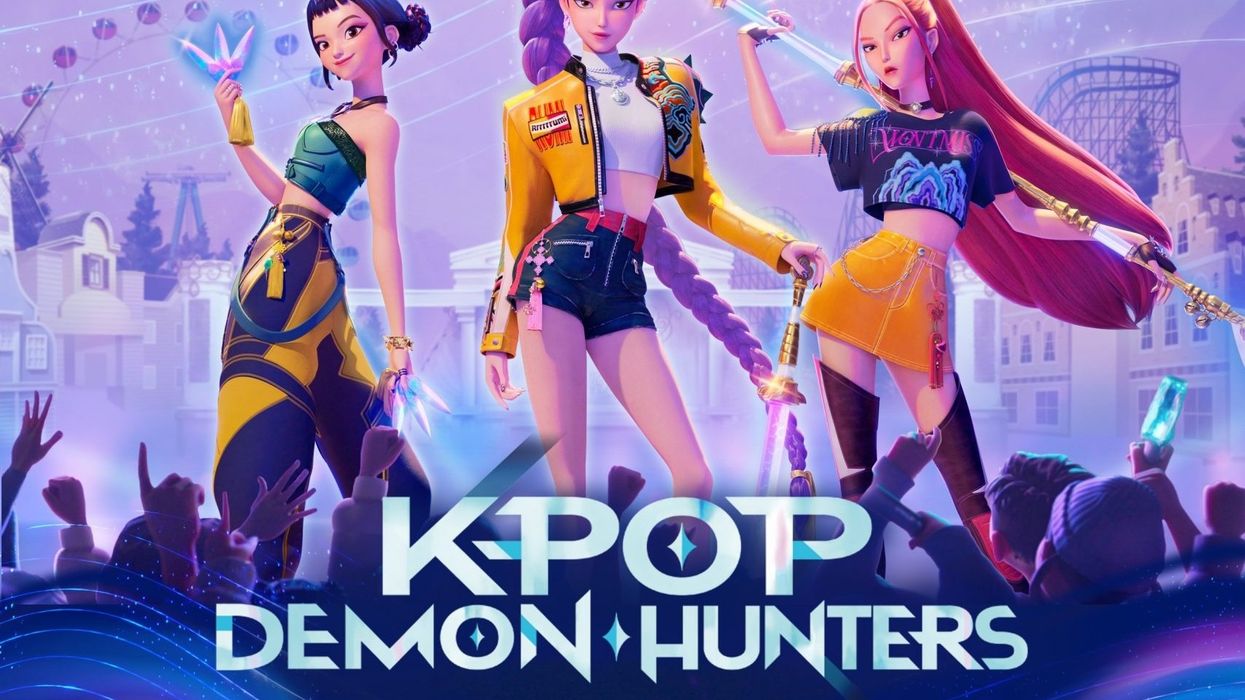

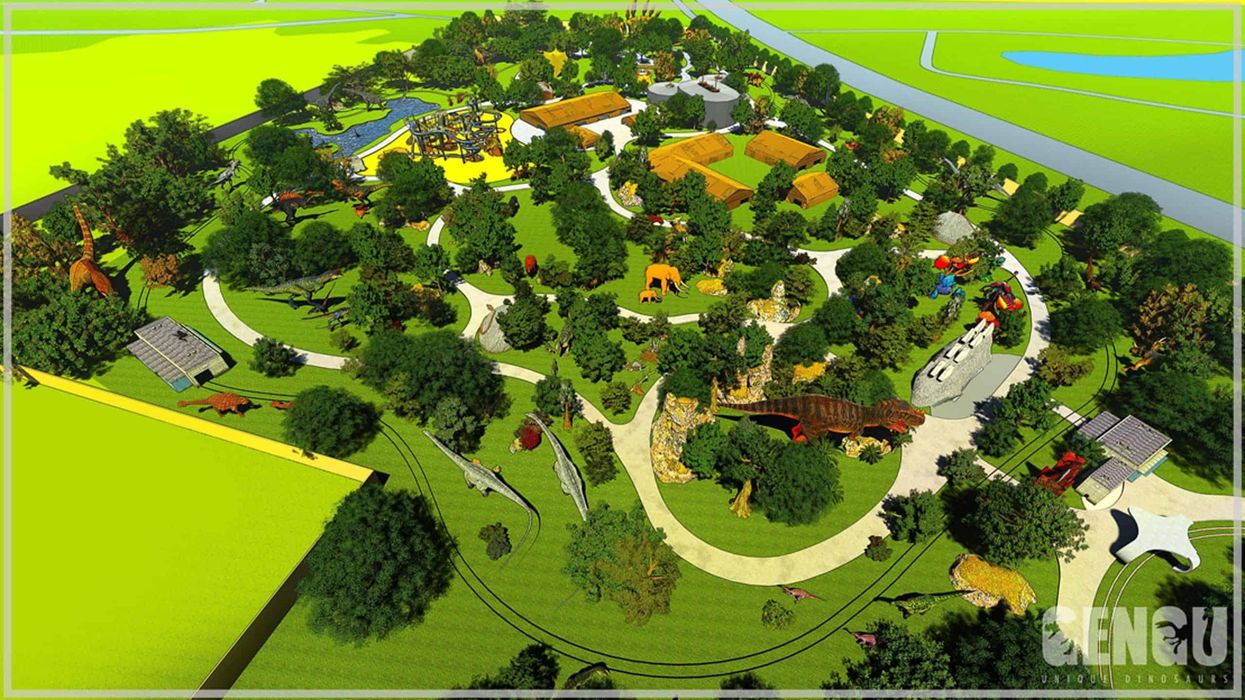

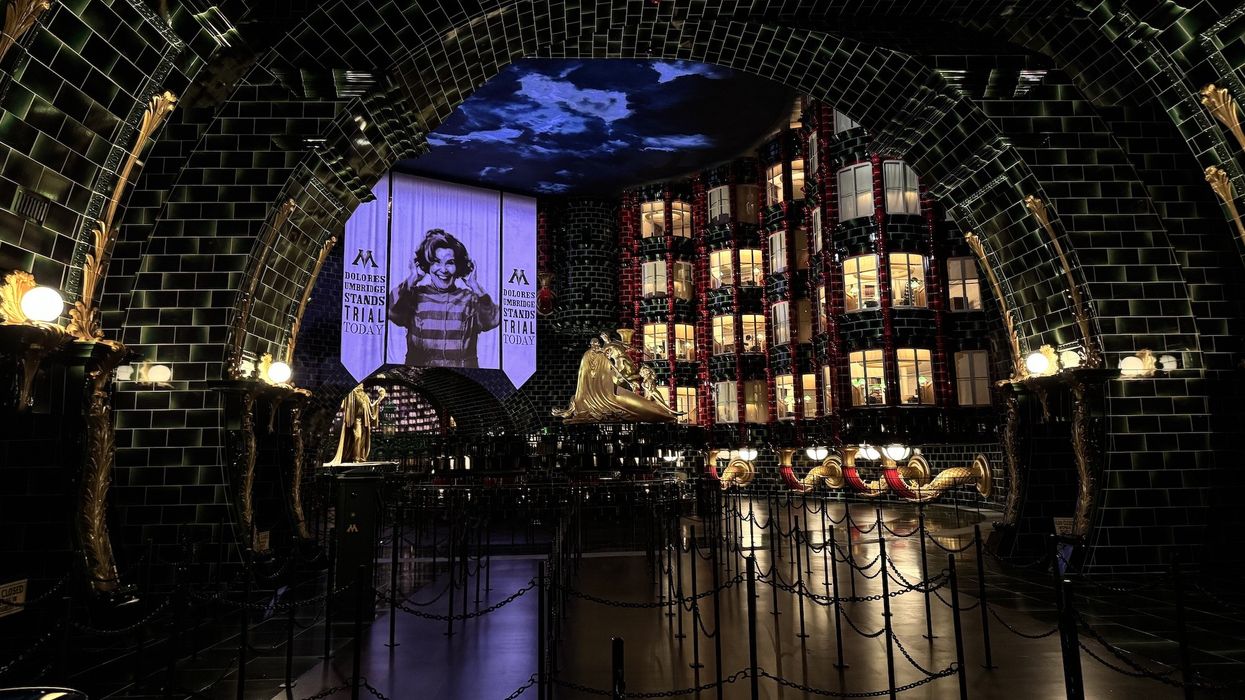

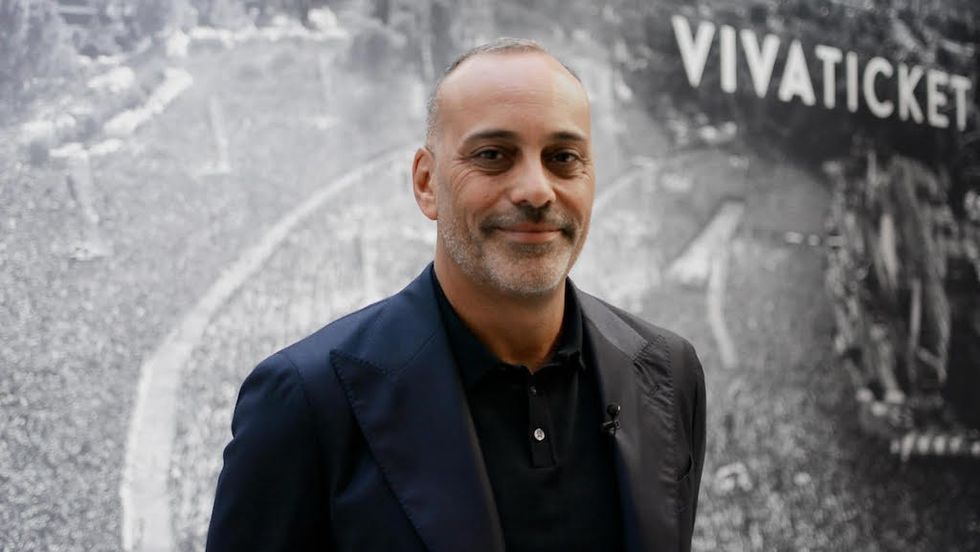 Silvano Taiani
Silvano Taiani

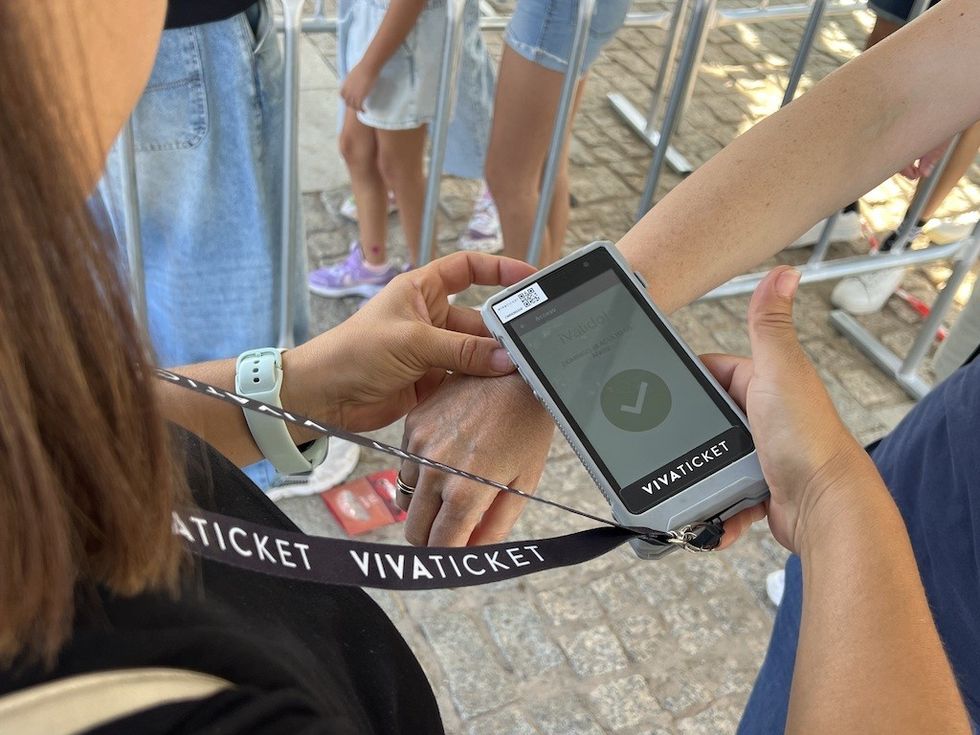
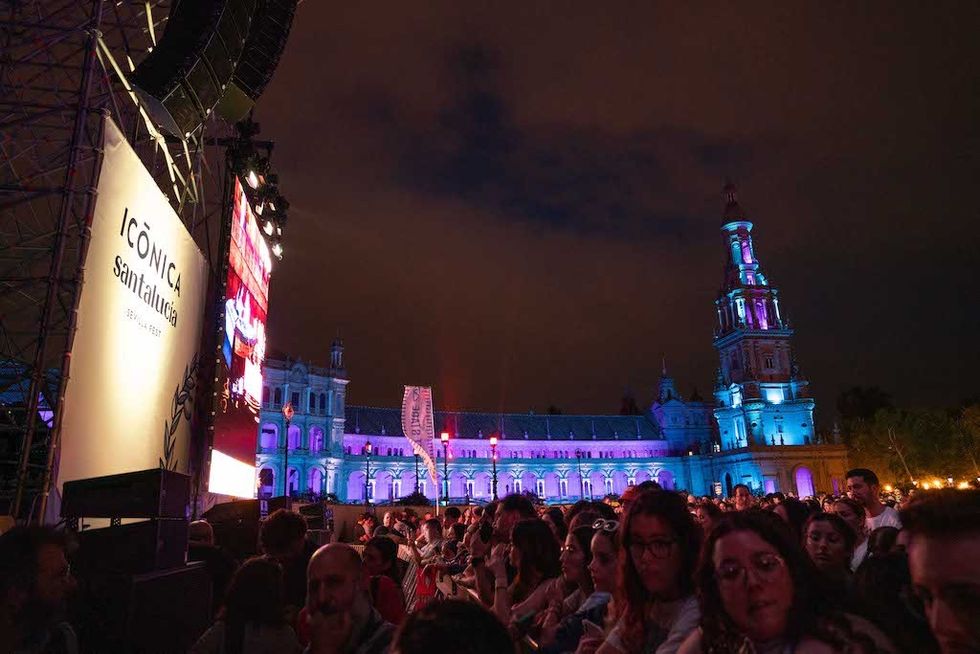
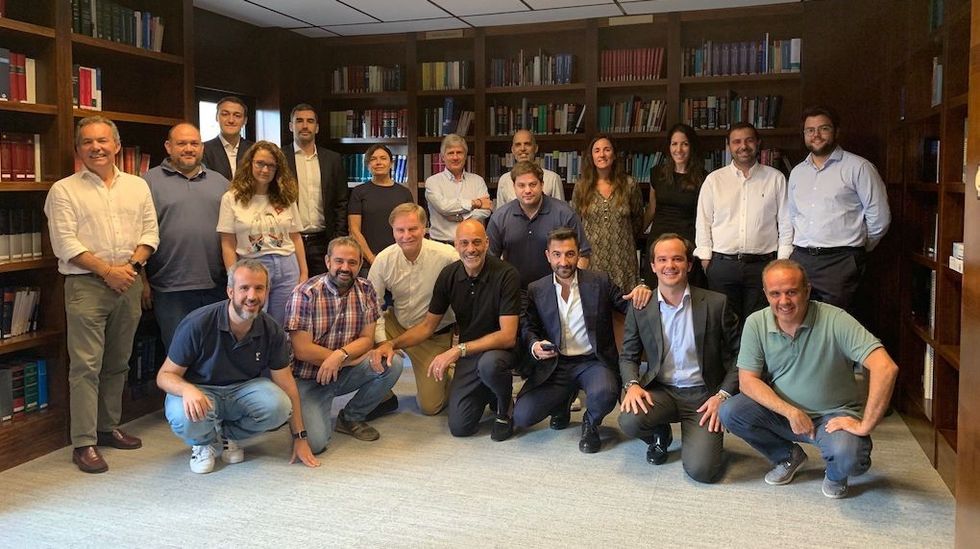
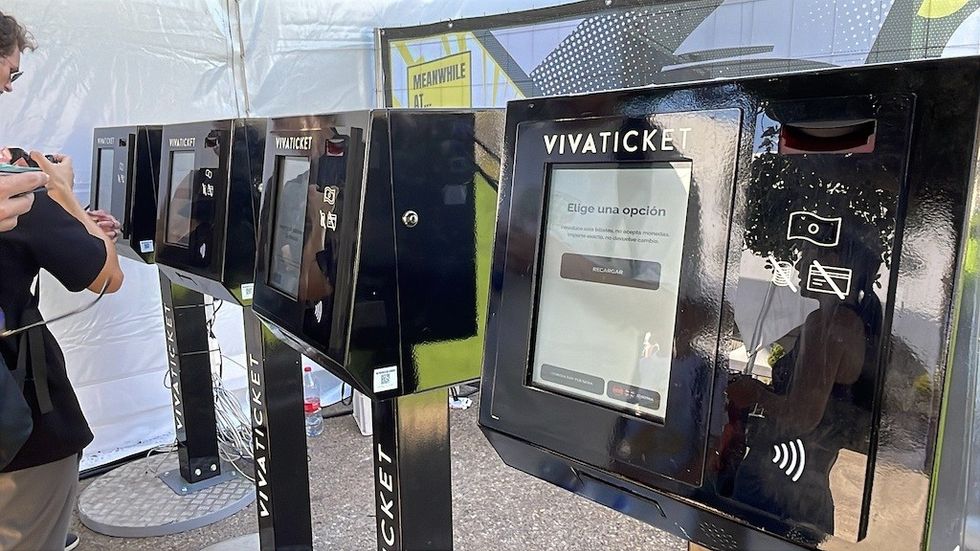











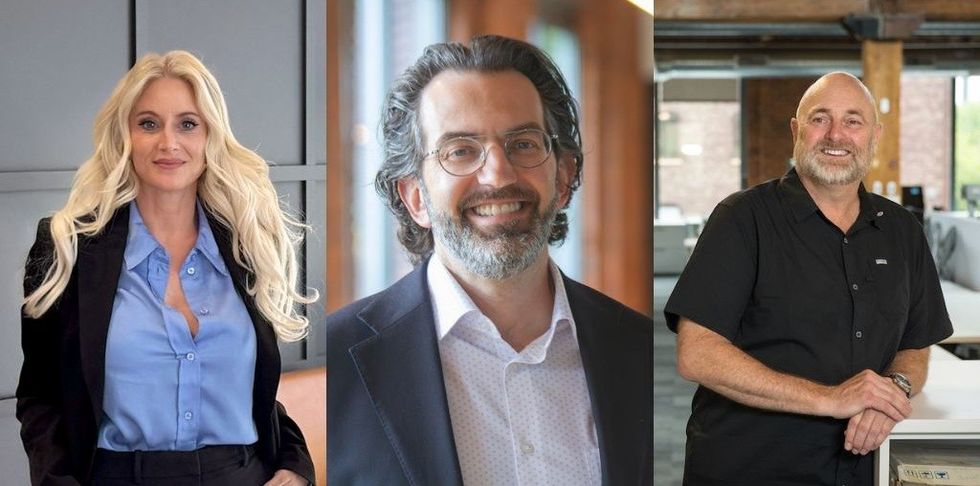 Kathleen Herrington, Gregory Houck, and David Hyde
Kathleen Herrington, Gregory Houck, and David Hyde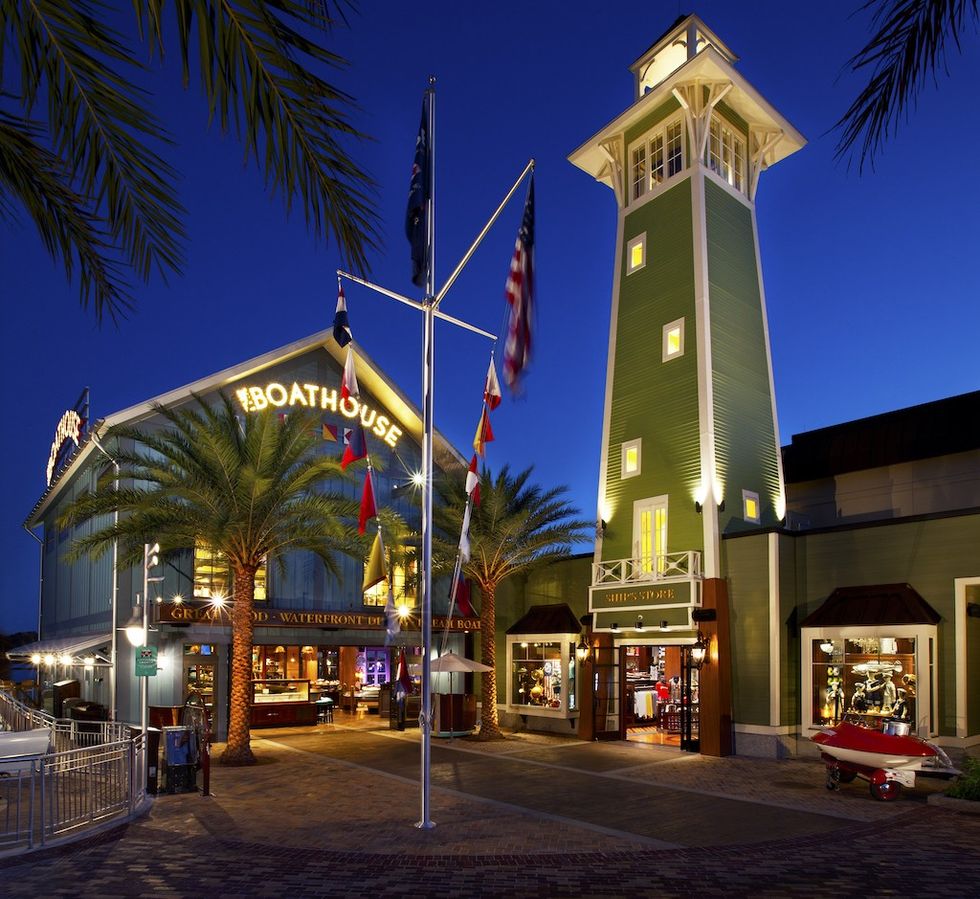 Th BOATHOUSE at Disney Springs\u00ae, Lake Buena Vista, Florida, USA
Th BOATHOUSE at Disney Springs\u00ae, Lake Buena Vista, Florida, USA 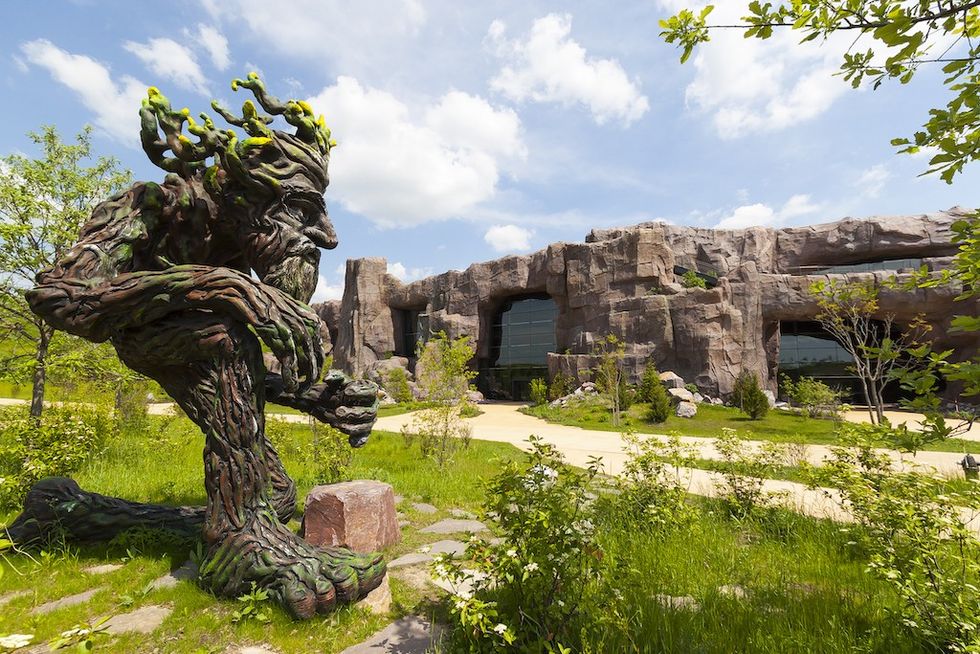 Epic Learning Campus Deep Space Auditorium, Madison, Wisconsin, USA
Epic Learning Campus Deep Space Auditorium, Madison, Wisconsin, USA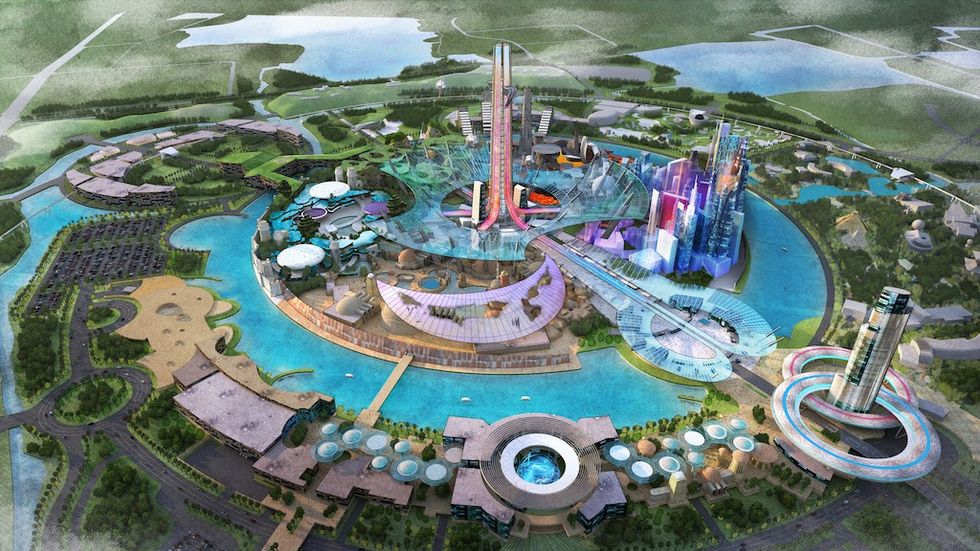 Celestial River Resort, Jiaxing, People’s Republic of China
Celestial River Resort, Jiaxing, People’s Republic of China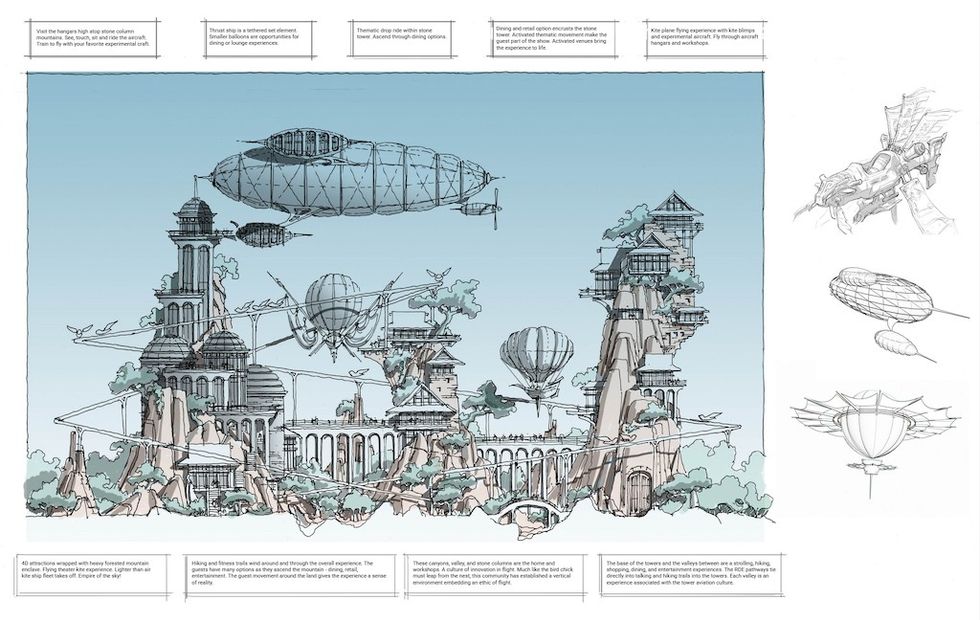 Luzhou Aviation Park, Luzhou, People’s Republic of China
Luzhou Aviation Park, Luzhou, People’s Republic of China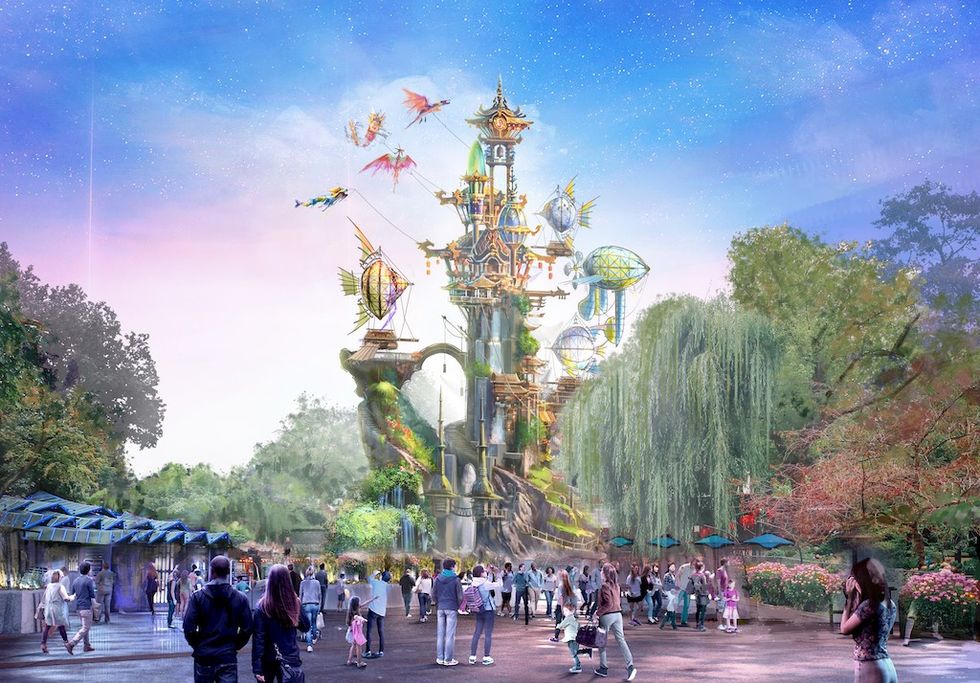 Luzhou Aviation Park, Luzhou, People’s Republic of China
Luzhou Aviation Park, Luzhou, People’s Republic of China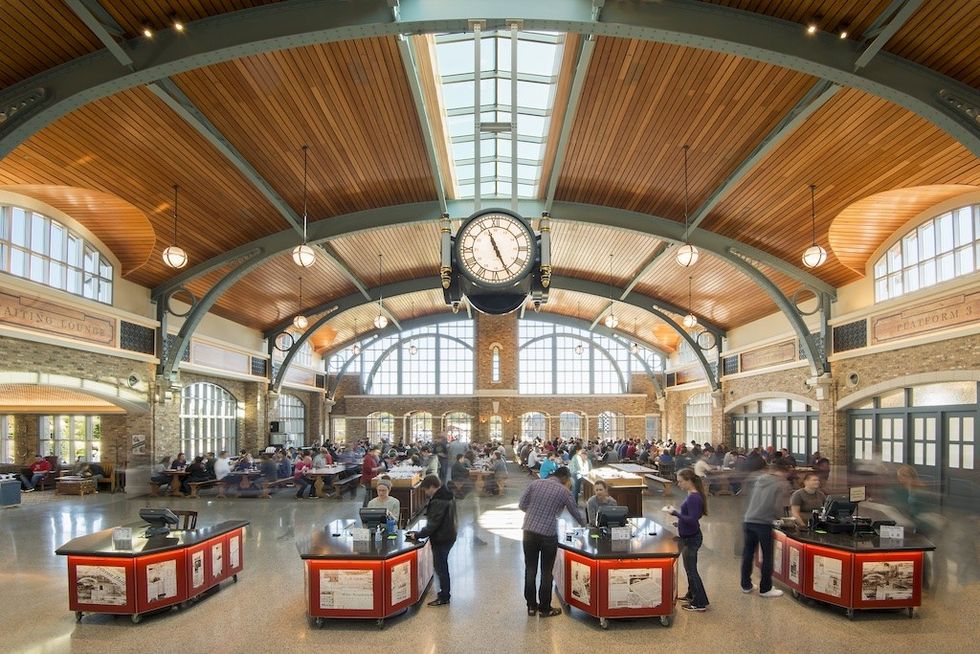 Epic Wizards Academy King’s Cross Dining Hall, Madison, Wisconsin, USA
Epic Wizards Academy King’s Cross Dining Hall, Madison, Wisconsin, USA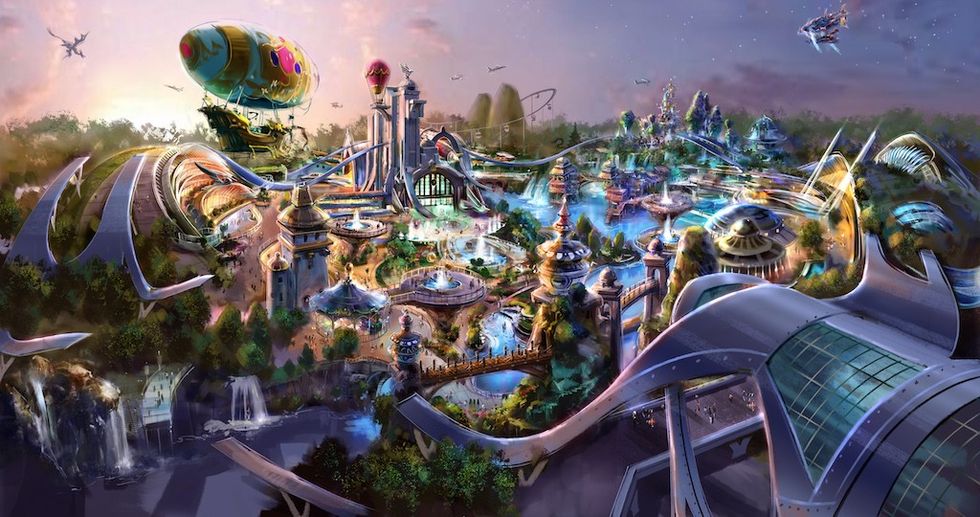 Luzhou Aviation Park, Luzhou, People’s Republic of China
Luzhou Aviation Park, Luzhou, People’s Republic of China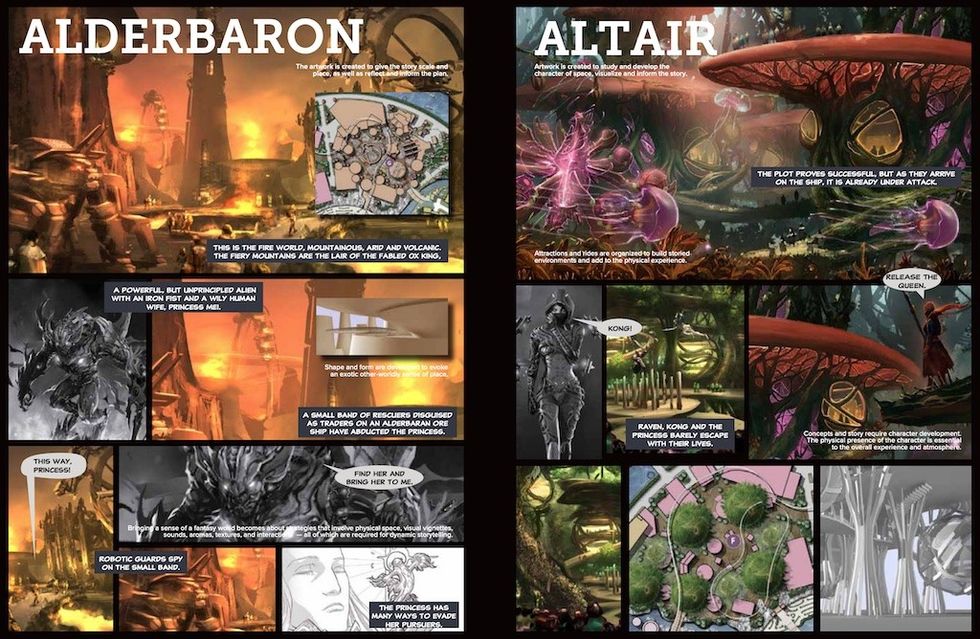 Celestial River Resort, Jiaxing, People’s Republic of China
Celestial River Resort, Jiaxing, People’s Republic of China
